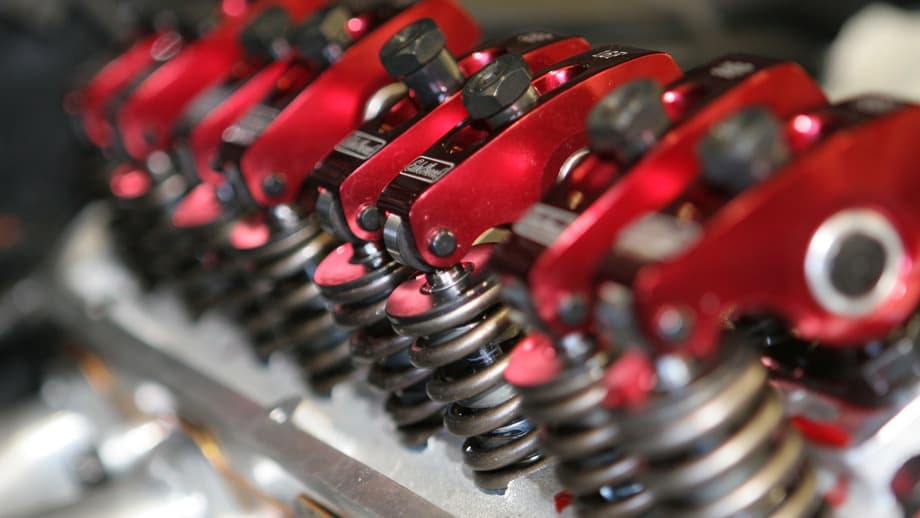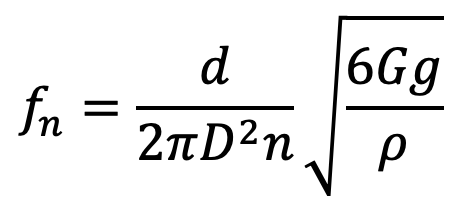A spring is defined as an elastic body, whose function is to distort when loaded and to recover its original shape when the load is removed. It absorbs or controls energy due to either shock or vibration so it can be used as shock absorbers and vibration dampers. It is also used to apply forces, as in brakes, clutches, and spring-loaded valves. We have already discussed different types of Springs in the previous article. We also discussed the Buckling of Compression Springs and its Nomenclature. Let us discuss what is Surge in Springs.

Surge in Helical Springs
When one end of a helical spring is resting on a rigid support and the other end is loaded suddenly, then all the coils of the spring will not suddenly deflect equally, because some time is required for the propagation of stress along the spring wire.
A little consideration will show that in the beginning, the end coils of the spring in contact with the applied load take up the whole of the deflection and then it transmits a large part of its deflection to the adjacent coils. In this way, a wave of compression propagates through the coils to the supported end from where it is reflected back to the deflected end.
This wave of compression travels along the spring indefinitely. If the applied load is of fluctuating type as in the case of valve springs in internal combustion engines and if the time interval between the load applications is equal to the time required for the wave to travel from one end to the other end, then resonance will occur.

This results in very large deflections of the coils and correspondingly very high stresses. Under these conditions, it is just possible that the spring may fail. This phenomenon is called surge.
It has been found that the natural frequency of spring should be at least twenty times the frequency of application of a periodic load to avoid resonance with all harmonic frequencies up to the twentieth order. The natural frequency for springs clamped between two plates is given by

Where
d = Diameter of the wire
D = Mean diameter of the spring
n = Number of active turns
G = Modulus of rigidity
g = Acceleration due to gravity
ρ = Density of the material of the spring
How to Eliminate Surge in Springs?
The surge in springs may be eliminated by using the following methods:
- By using friction dampers on the center coils so that the wave propagation dies out.
- By using springs of high natural frequency.
- By using springs having pitch of the coils near the ends is different than at the centre to have different natural frequencies.
This is all about the Surge in Springs and elimination methods. Let us know what you think about this article in the comment section below.

Leave a Reply